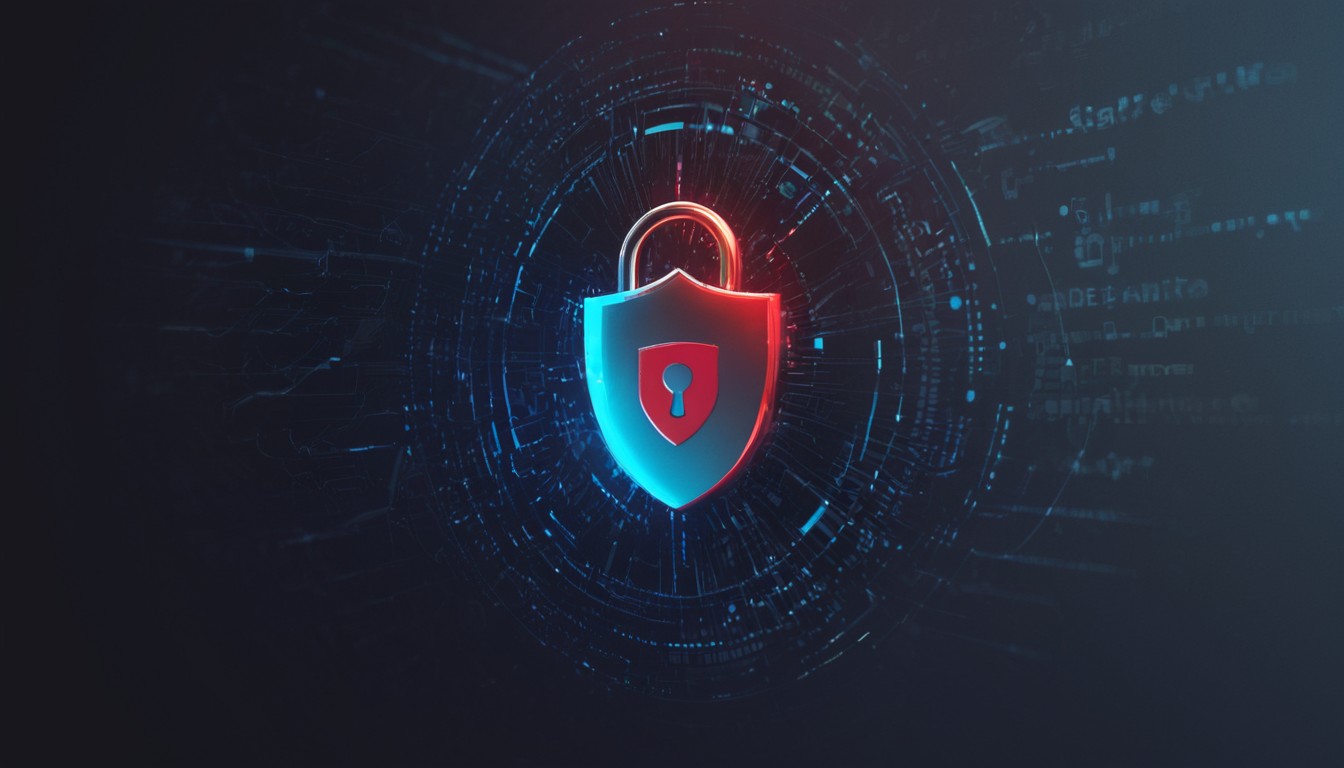In the realm of cybersecurity, a Security Operations Center (SOC) plays a pivotal role in safeguarding organizations against threats. Incident reporting and documentation are critical components of SOC operations, enabling effective response and continuous improvement. At SafeNet, we adhere to best practices to ensure that our SOC operates at peak efficiency and effectiveness.
Why Incident Reporting and Documentation Matter
Incident reporting and documentation are essential for several reasons:
- Response Efficiency: Detailed documentation enables SOC analysts to quickly understand and respond to incidents, minimizing the impact on the organization.
- Continuous Improvement: Documentation provides valuable insights into past incidents, enabling the SOC to identify trends and weaknesses in security measures.
- Regulatory Compliance: Proper documentation is often required to comply with industry regulations and standards.
Best Practices for Incident Reporting and Documentation
- Standardized Reporting Procedures: Establish clear, standardized procedures for reporting and documenting incidents. This ensures consistency and clarity in communication.
- Detailed Incident Reports: Create detailed incident reports that include the nature of the incident, affected systems, impact, and response actions taken.
- Timeline Creation: Develop timelines of incident events to provide a clear picture of the incident’s progression. This helps in understanding the incident’s impact and determining the response effectiveness.
- Cross-Team Collaboration: Encourage collaboration between SOC analysts, IT teams, and other relevant stakeholders to ensure accurate incident reporting and documentation.
- Regular Reviews and Updates: Regularly review and update incident response procedures and documentation to reflect the latest threats and technologies.
SafeNet’s Approach to Incident Reporting and Documentation
At SafeNet, we follow these best practices to ensure that our SOC operates at the highest standards:
- Training and Awareness: We provide our SOC analysts with comprehensive training on incident reporting and documentation best practices.
- Continuous Improvement: We regularly review and update our incident response procedures and documentation to adapt to evolving threats.
- Collaboration: Our SOC analysts work closely with IT teams and other stakeholders to ensure accurate and timely incident reporting and documentation.
Effective incident reporting and documentation are essential for the success of any SOC. By adhering to best practices and continually improving our processes, SafeNet ensures that our SOC operates at peak efficiency, providing our clients with the highest level of security and protection.





